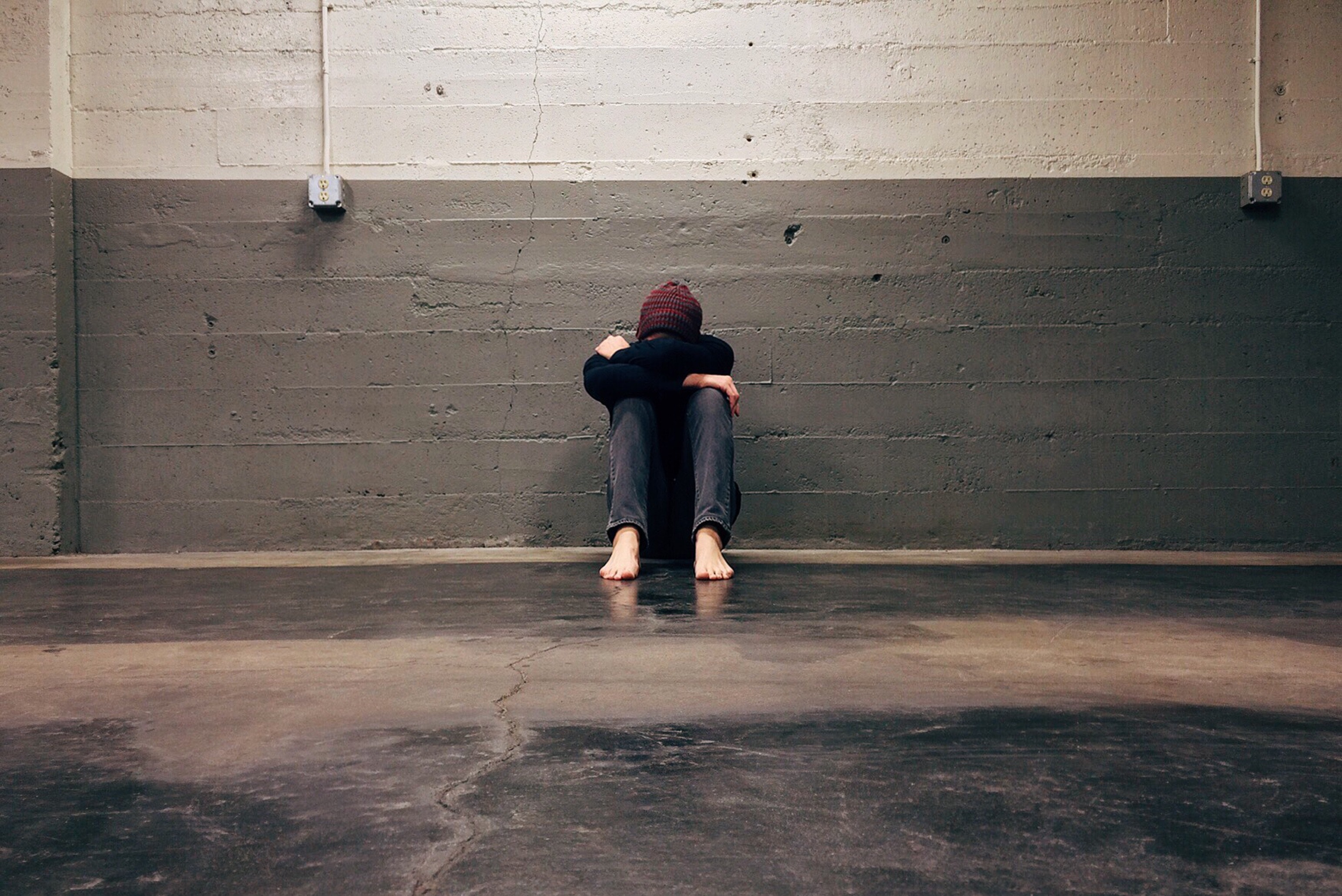by Christine Graves, GCFP
Complex Regional Pain Syndrome
In recent studies regarding the unfortunate condition called Complex Regional Pain Syndrome (CRPS), persons with abnormal temperature changes in the affected limb (the side with the problems) can create the same changes in the unaffected limb when it is placed on the affected side. That’s right, a healthy limb placed on the side of the body occupied by the difficulty can experience unhealthy changes. Change to the brain’s perception of the limbs, such as which side of space it occupies, affects symptoms such as pain with movement, or this example of temperature change.
The Power of an Image
It is an image. It doesn’t reside in the limb or brain but in the organization and perception of the whole person; our self-image. The brain finds it useful to organize this image so that we can meet our amazing human capacity. We all understand that the organization chosen by the brain could be less than optimal, as in the instance of CRPS. So little tricks to show the brain that everything is ok to help to reorganize this image. And modern pain researchers are finding how the brain can be tricked to see the side differently by using smoke and mirrors, literally. One of the creators of a treatment approach known as mirror therapy is Lorimer Moseley. In Mirror therapy, the unaffected limb is viewed by a client in a mirror, making it appear to the brain as the affected limb. Movements normally found painful can be done by the non-painful hand and the brain and body can begin retraining self-image to see the hand as healthy.
Feldenkrais® practitioners know this can be done in imagination as well. Or by Awareness Through Movement® lessons involving self-hugs, crossed limbs and standing the hand across the body, or lying on our front when we never do that.
Self-Image and Perception
Lorimer Moseley (Explain Pain) recently gave a keynote address at the Canadian Pain Society 35th annual Scientific Conference in Quebec City, Canada, where he spoke about the evidence of top-down regulation as well as bottom-up, effects that are possible in the perception of chronic or persistent pain. When he proposed the question “what do we do about it?” his list of treatments included the Feldenkrais Method as a way to “perform a detailed remapping of the cortex.” There were over three hundred medical people in the room hanging on his every word. Lorimer Moseley is a rock star in the world of human chronic pain mechanisms research and forwarding the evidence of cortical involvement in organizing the entire system in pain. Self-image and perception, disinhibition and remapping are all terms he uses often to describe what his research can show is happening. Apparently, Feldenkrais is in his lexicon as well.
I often joke to clients when I present “Explain Pain” materials that “we have a method for this.” Especially when I refer to the chapter in his book about chronic pain management “Tool 3: Accessing the virtual body.” Imagine the medical world being able to perceive of complex open system interactions from top-down modulation and bottom-up that make up the human experience. Chronic pain research and understanding may present one of the potential areas of medicine to create this new image of how a human works: a healthier reorganization of understanding, a more reliable self-image.

